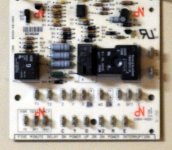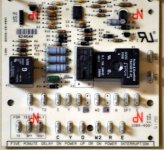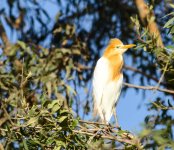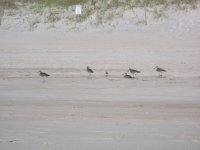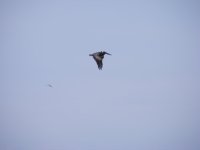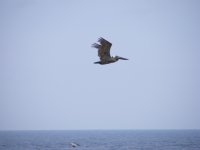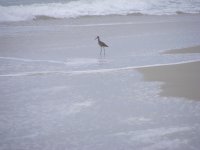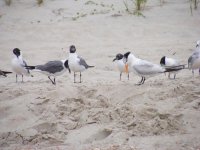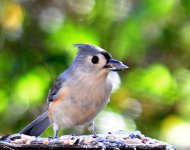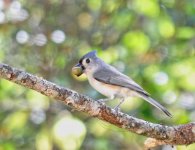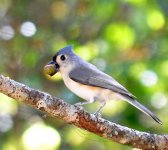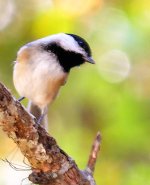The other couple of daft thoughts i had where are you using a filter,if so is it a good one and are you allowing the VR to settle and snap in before taking the picture,with my sigma in the early days i would sometimes take before the VR had settled,you may not get camera shake through this but it doesn't help if the picture is being taken through a moving element.
Cant remember my jpeg settings but i think sharpening was about 7 and picture vivid.
I honestly don't know about the VR. I have it turned on on the lens but I have no idea about it "snapping in". I just get a good focus in my finder screen.
Tomorrow I am gonna go give this lens a workout, with and without tripod, with and without VR, watch my ISO closely and make a bunch of other adjustments and see what happens or changes.
Last edited:

